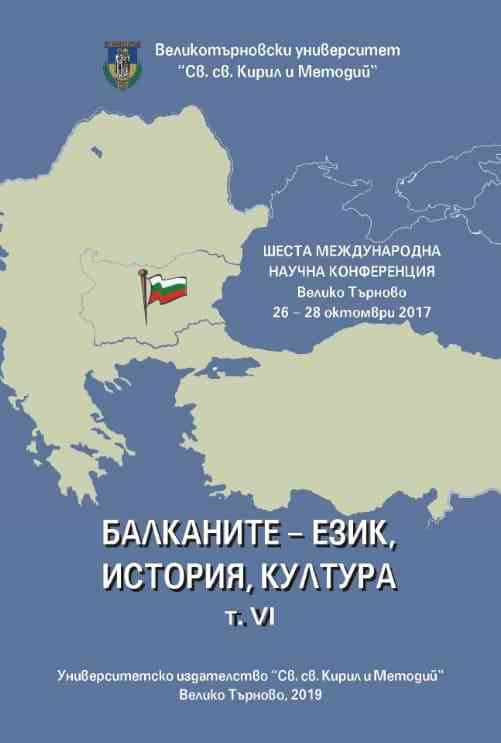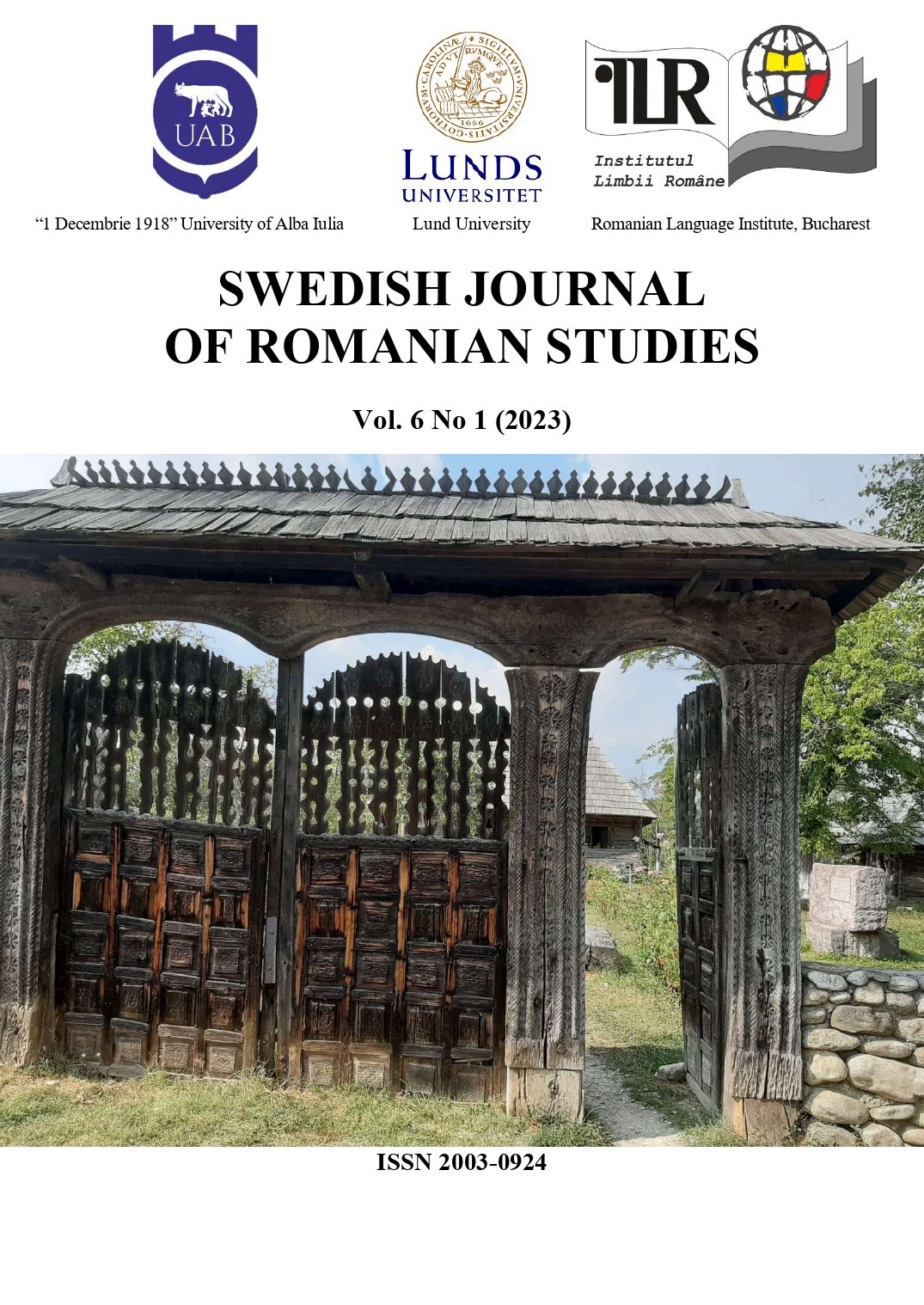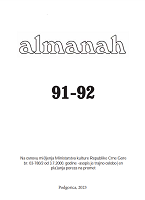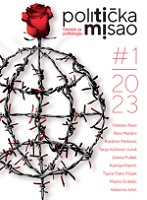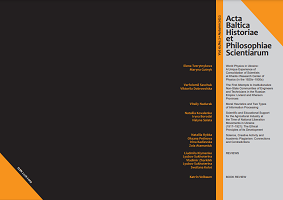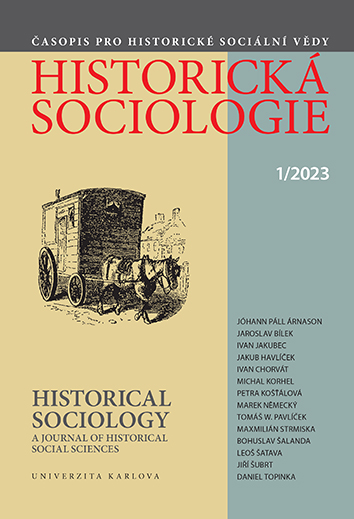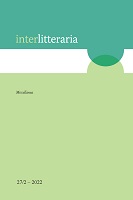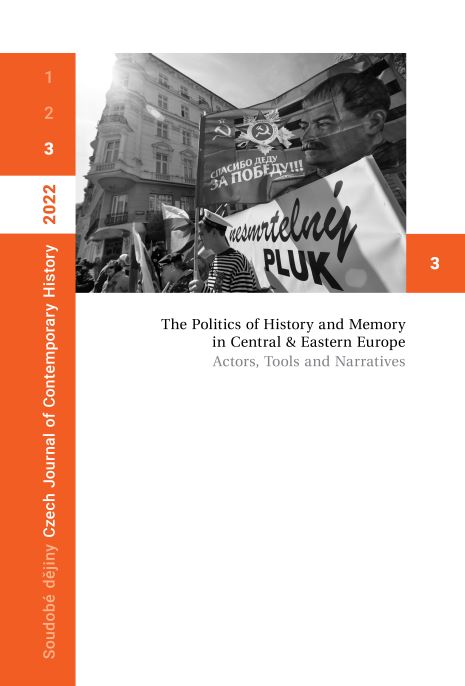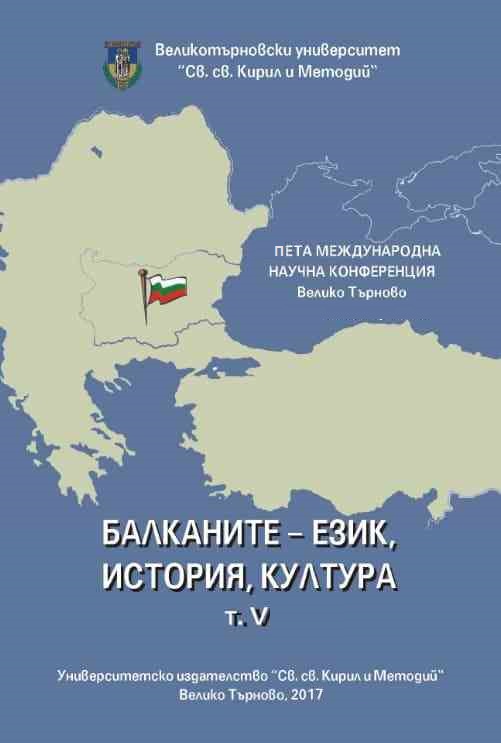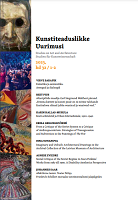Homo ideologicus? Writing on the Fringes of Political Correctness in Russian Israel
Since the 1970s, a period marked by a massive aliyah1 of Soviet Jews to Israel, Russian-Israelis have created a distinct literary culture characterized by hybridity and translingualism. While most texts in this corpus are in Russian, they do not fall neatly into the categories of Russian metropolitan literature or literature of the global Russian diaspora. In their thematic repertoire, the range of human experience they reflect, and specific vocabulary they also claim affiliation within Israeli literature. Even those writers from the former Soviet Union who made a linguistic shift away from Russian continue to navigate between literary traditions; their Hebrew has inherited cognitive models and interpretive approaches characteristic of Russian culture, and they project a view of reality that is essentially dualistic or "contrapuntal" (in E. Said's terms1 2). Such works as Boris Zaidman's novels Split Tongue and Hemingway and the Dead-Bird Rain, Alona Kimhi's books Victor and Masha, Weeping Suzanne, and I, Anastasia, or the original Hebrew poetry of Šivan Beskin represent an "accented," cross-pollinated version of Hebrew. This writing in-between the two tongues estranges both languages and at the same time establishes a dialogue between them and the cultural traditions they represent.
More...
